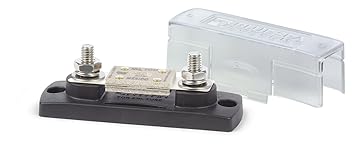aja8888
Moderator Emeritus
For our upcoming SUV travel, DW needs oxygen on a constant basis. We have a portable Imogen One unit that provides 3 liters per minute of O2, but I would like to install a DC to AC pure sine wave inverter in the rear of the car to power our big oxygen concentrator. This is a model Invacare Perfecto2 V Five Liter Oxygen Concentrator With SensO2 Oxygen Sensor. This unit draws 325 watts or about 3 amps and weighs about 45 pounds.
There's a ton of inverters out there, but I know many of you are EE types and may have experience with particular models. I assume I will need one that will provide 500 or more watts and be wired directly to the car's battery.
Has anyone done anything like this? And have any recommendations for a particular brand of inverter?
Thanks!
There's a ton of inverters out there, but I know many of you are EE types and may have experience with particular models. I assume I will need one that will provide 500 or more watts and be wired directly to the car's battery.
Has anyone done anything like this? And have any recommendations for a particular brand of inverter?
Thanks!




